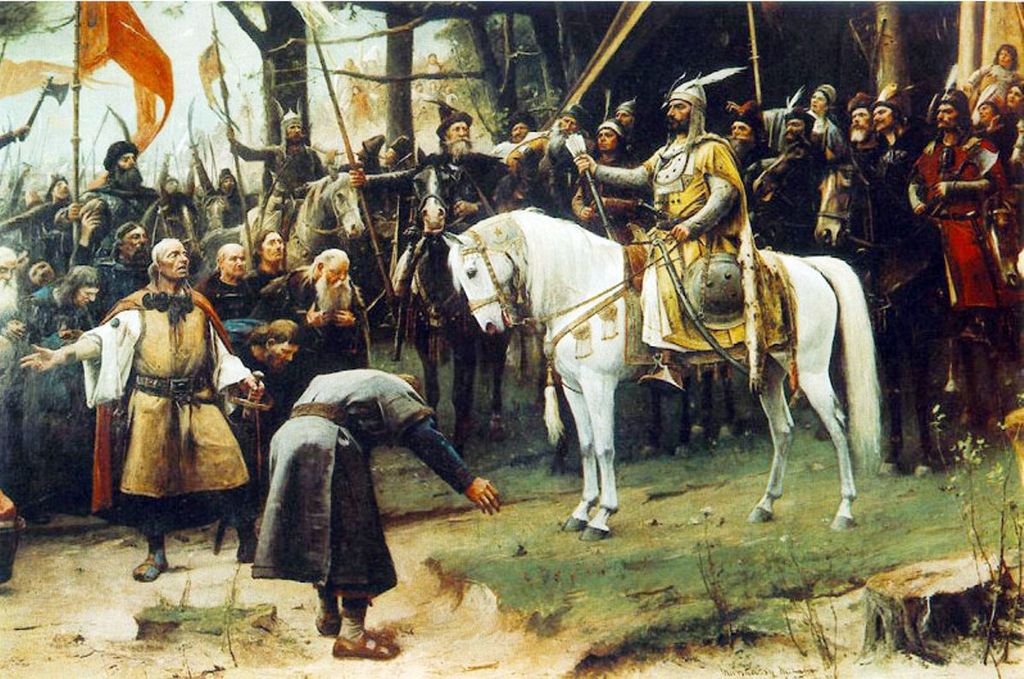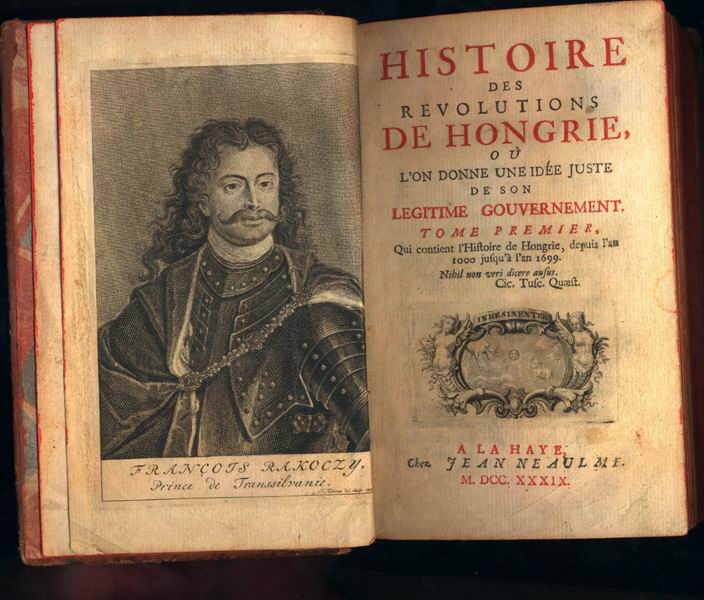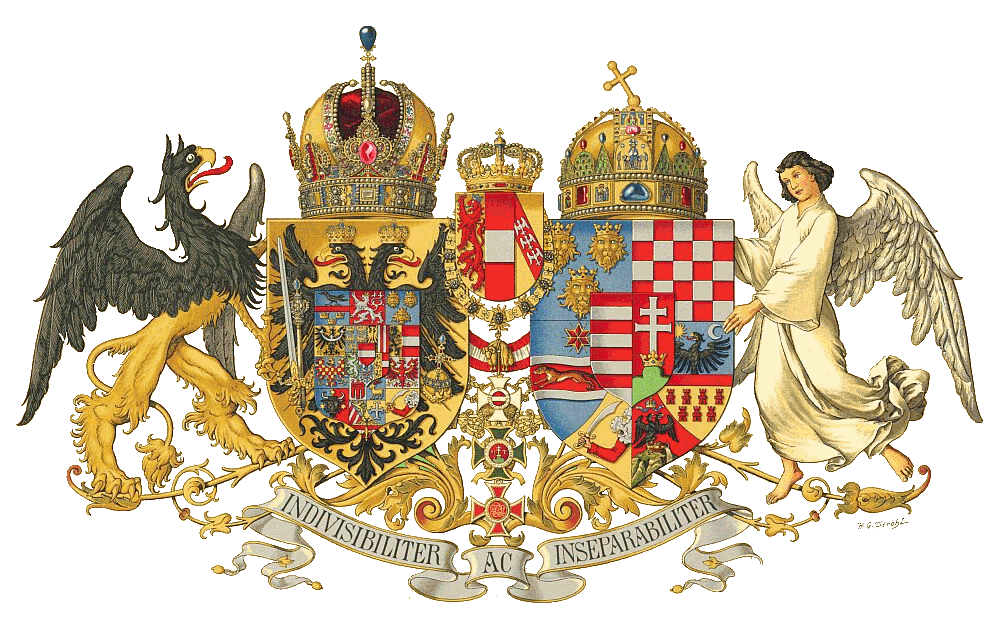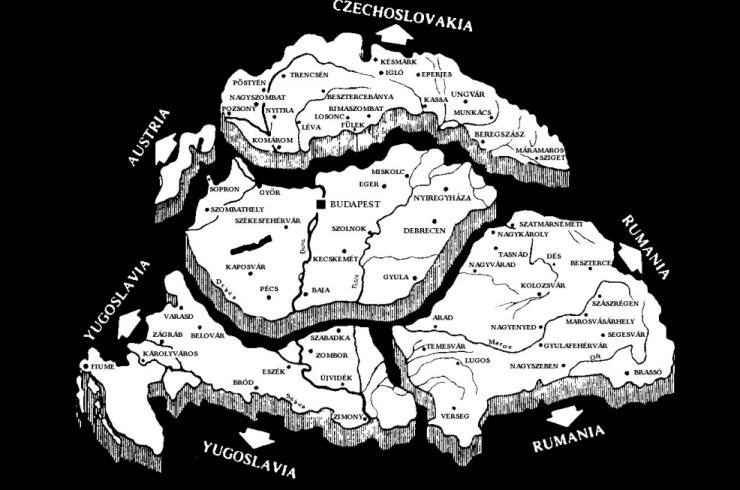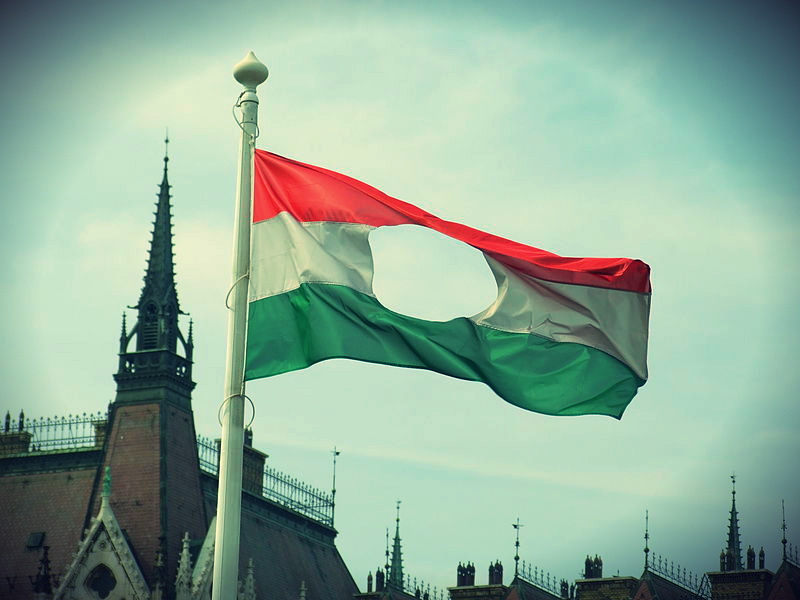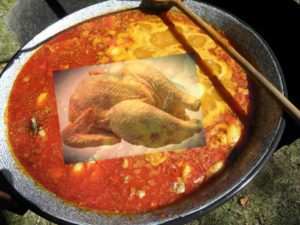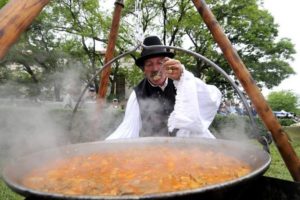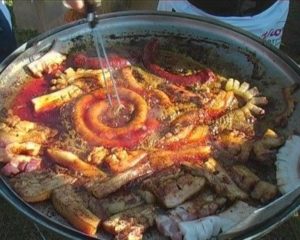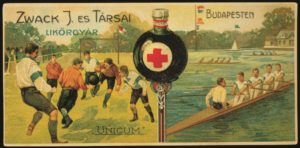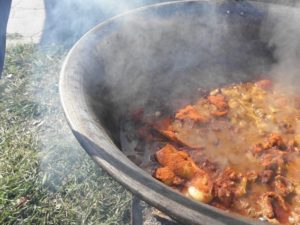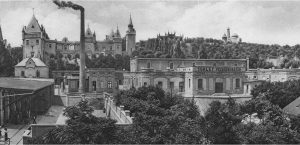Hungarian history
This country has more than a 1000 years old history, and it was really full of happenings, battles, kings, allies and enemies and sometimes peaceful years. Here you can get a quick picture about the main events led the country and its people to be as they are today. Hungarians were nomadic people and believed to have moved to the Carpathian basin from east, somewhere around the Ural hills. Under the leadership of Árpád, Hungarians population take over the land.
In 895, King Stephen (St. Stephen I.) founded the state of Hungary, and accepted the catholic religion as standard. In 1000 Stephen was crowned the Holy Crown of Hungary and blessed by the Pope. The crown is now displayed in the building of Parlament.
In 1241-2142 the invasion of the Mongols made serious destruction in the country, and half of the population were killed or deported as slaves (1 million people). After the invasion King Béla ordered the construction of a strong stone castle system to defend the country by further attacks. The second Mongolian strike was stopped at Pest by the royal army of the King thanks to these castles.
After the Turkish conqueror army defeated the Hungarian royal army at Mohács in 1526, the country split into three parts by 1541; the Hungarian Kingdom, the Habsburg dominion and the Turkish dominion. It took 150 years before the Hungarians could stand up to this situation, reunite and drive out the Turks. After the Turkish domination, the country became part of the Habsburg domination, but under the leadership of Ferenc Rákóczi II. Hungarians partly took back their independence, and signed the treaty of peace at Szatmár in 1711.
In the 19th century very important reforms were made. Hungarian became the official language of the country, and the language was renewed and elected to a literary level.
In 1848 there were independence revolutions in Europe, as well as in Hungary. The Magyars tried to remove the boundaries of the Habsburg domination. After the suppression of the revolution, the silent resistance made the nation stronger than ever before. In 1867, the Hungarian delegation, led by Ferenc Deák finally came to an agreement with the Habsburgs and so the dualistic system of the Austrian-Hungarian Monarchy was born and peace descended across the land.
In World War I Hungary was ally to Germany and Austria and had to send hundreds of thousands to die for foreign interests. In 1918 the Monarchy broke up, the first government was established and the country became the Republic of Hungary. After losing the war, the allied Atlantic countries over ran Hungary and by the Treaty of Trianon split up the country. The country of more than 20 million became the small country of less than 8 million. Hungary was now the form we know today.
World War II brought more tribulationsto the people of Hungary. Fighting by the Germans against the Soviets wasn’t a good idea. As the government tried to change sides to the allied Atlantic countries (Entente) Germans over ran the country and deposed the government to their nationalist allies. Hundreds of thousands died during the wars or were deported to German concentration camps.
After the Germans were beat by the Entente, Soviets took over the country, drove out the Germans, and stayed for 44 years. In 1956 the people tried to force the leadership to stop this domination, and dictatorship by the soviets, but the attempt was unsuccessful and punished mercifully. However it did have some effects on the government and some concessions were made. The soviet domination lasted until 1989, when Hungary finally became an independent democracy.
In 1999 Hungary joined the NATO, and in 2004 the European Union.
(more details: Wikipedia)



